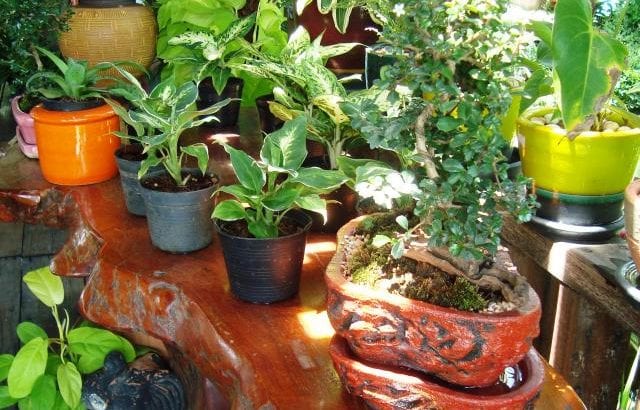Sadly, living in the UK almost guarantees a rainy day when you’re moving house. Here we have some tips to help you prepare for bad weather and move house on a rainy day.
In your head, on your moving day the sun will be shining, the moving company will arrive on time, everything will be packed and ready to go, and the kids will be perfectly behaved all day. Now, in all likelihood a few of those scenarios are unlikely to happen, but living in the UK, one of them is almost guaranteed not to happen -, and that’s the sun shining. You can check the weather reports and book your move for the height of summer, but you know that sods law will have you in your rainmac, covering the new carpets desperately in carrier bags, wondering why you ever thought you’d be lucky enough to move on a dry day.
The problem with moving in the rain is that it’s messy, and it can be dangerous as well depending on how bad the conditions are. So do have the best intentions for moving on a sunny day, but prepare for the rain as well, so that if you find you are moving on a wet and windy day, you’re completely prepared.
Here are some tips to help you move house in the rain like a pro:
Ask Your Moving Company
Ask your moving company how they adapt their services to a rainy day. Most companies will have a different way of doing things for rainy days. This might involve plastic sheeting being laid down on carpets, plastic covering for furniture and similar items and a change in logistics. Remember an experienced company will have worked through all weather conditions, so they know how to make your move work whatever the weather.
Plan For Storage
If you are moving your items into or out of self-storage in London or another major city then you’re going to need to prepare the items you are moving for a rainy day. You may already have plastic sheeting for the larger furniture items, but it is unlikely you have plastic sheeting for any boxes. If you don’t protect cardboard boxes from the rain, you will have a pretty huge problem on your hands. Don’t assume the boxes will dry off in storage, work to prevent them getting wet in the first place. You do not want soggy boxes, mould, damp and rot wrecking your items as they stay in cheap self storage. Remember moving a box to a new home is different to moving one into self-storage where the items inside are likely to stay boxed up. So if the box is wet or damp, it will cause you immediate or long term issues in the way of damage.
Anti-slip Mats and Stick Ons
You can buy cheap grippy mats from anywhere and they come in really handy on rainy days – safety comes first! You can also buy double sided grippy tape and pads which will stick on the bottom of furniture and boxes to stop them from slipping around – something that much more likely when it is raining.
Plastic Sheets, Plastic Sheets, Plastic Sheets!
You WILL need plastic sheets. They aren’t expensive so stock up. They protect items from moisture and dirt, including the items being moved and the carpets and flooring in your old and new property. The removals or self-storage company may well have these materials but it will not hurt you to stock up too.
Secure Your Boxes
You should do this anyway, regardless of whether or not it might rain. Any thin cardboard boxes should be positively covered in packing tape. Any boxes that don’t have secure lids should also be covered in packing tape; better still use solid, double–walled cardboard boxes that you can buy from any good self-storage company in London rather than rely on free boxes that tend to be too flimsy. Try and think of it like preparing boxes for postage, imagine the box being bashed around, held in the rain and shifting around in transit – prepare for the worst case scenario and make your boxes indestructible.

